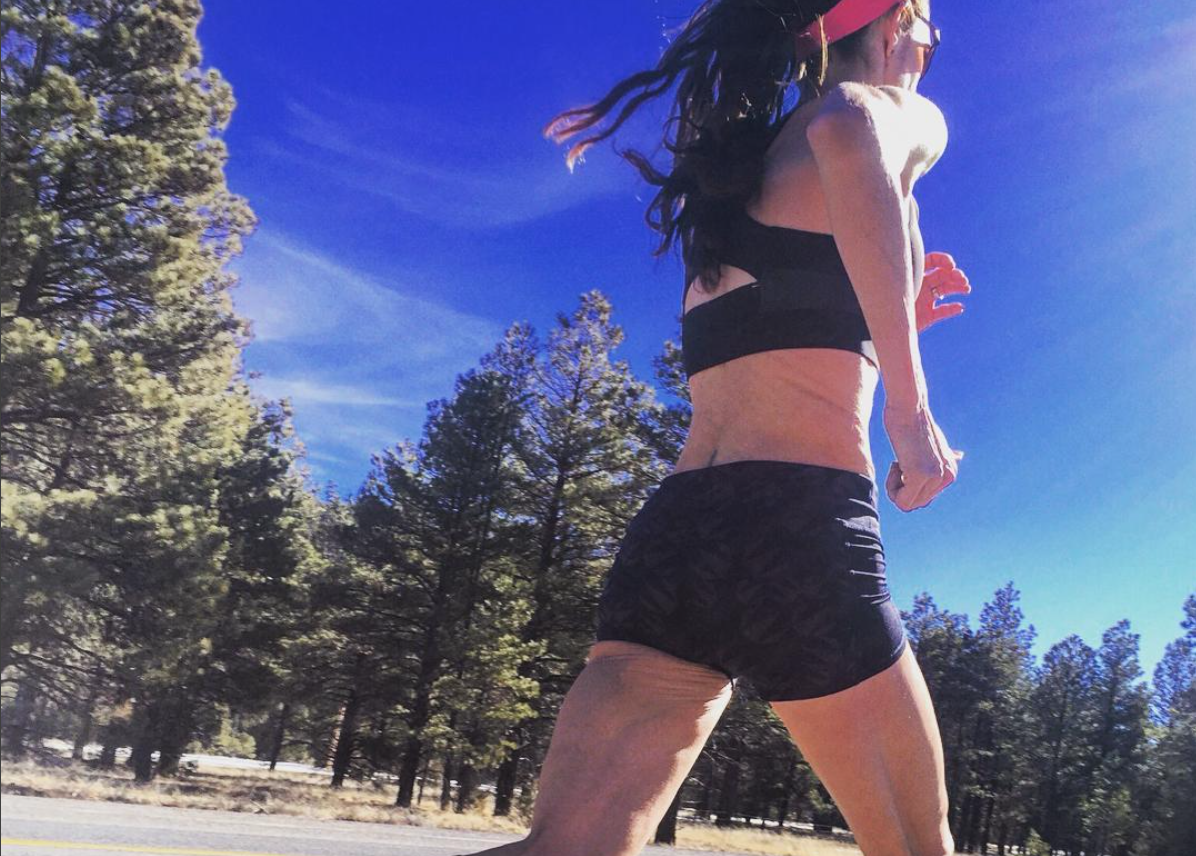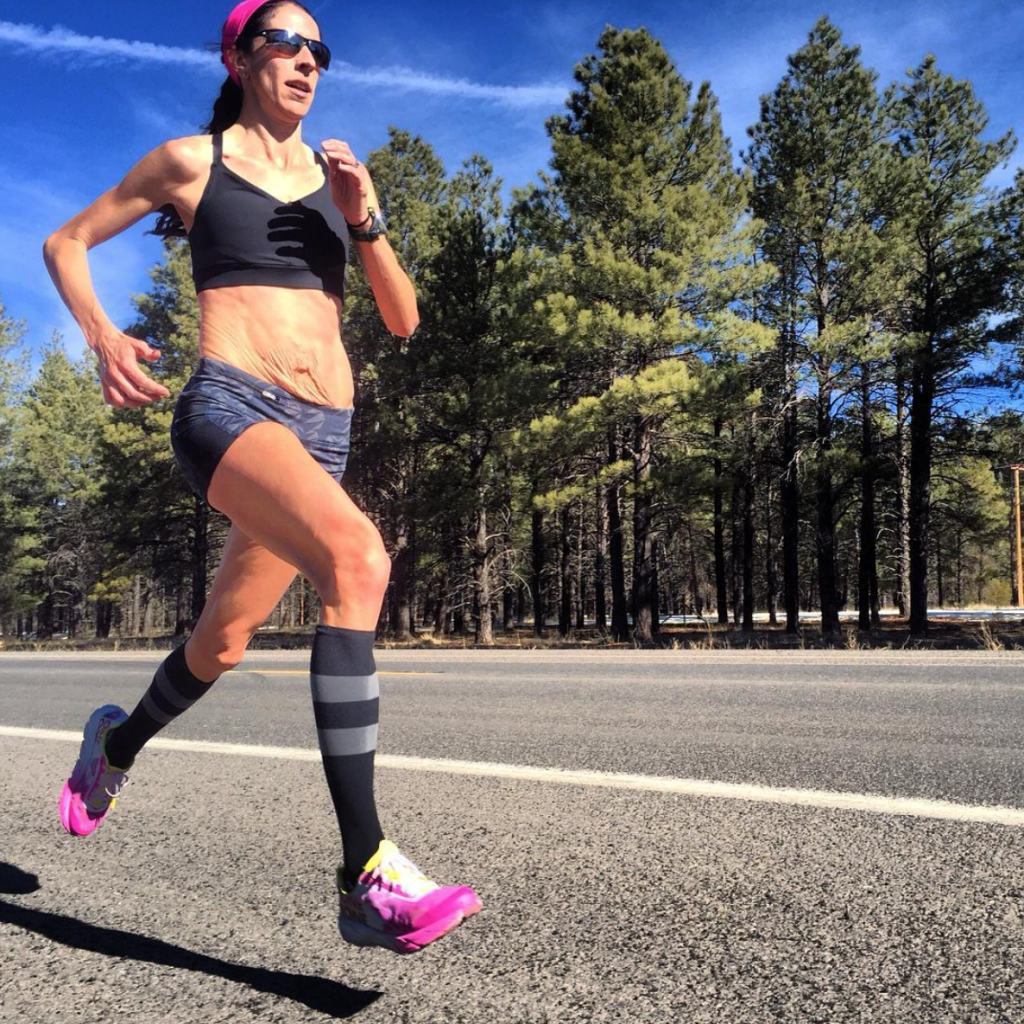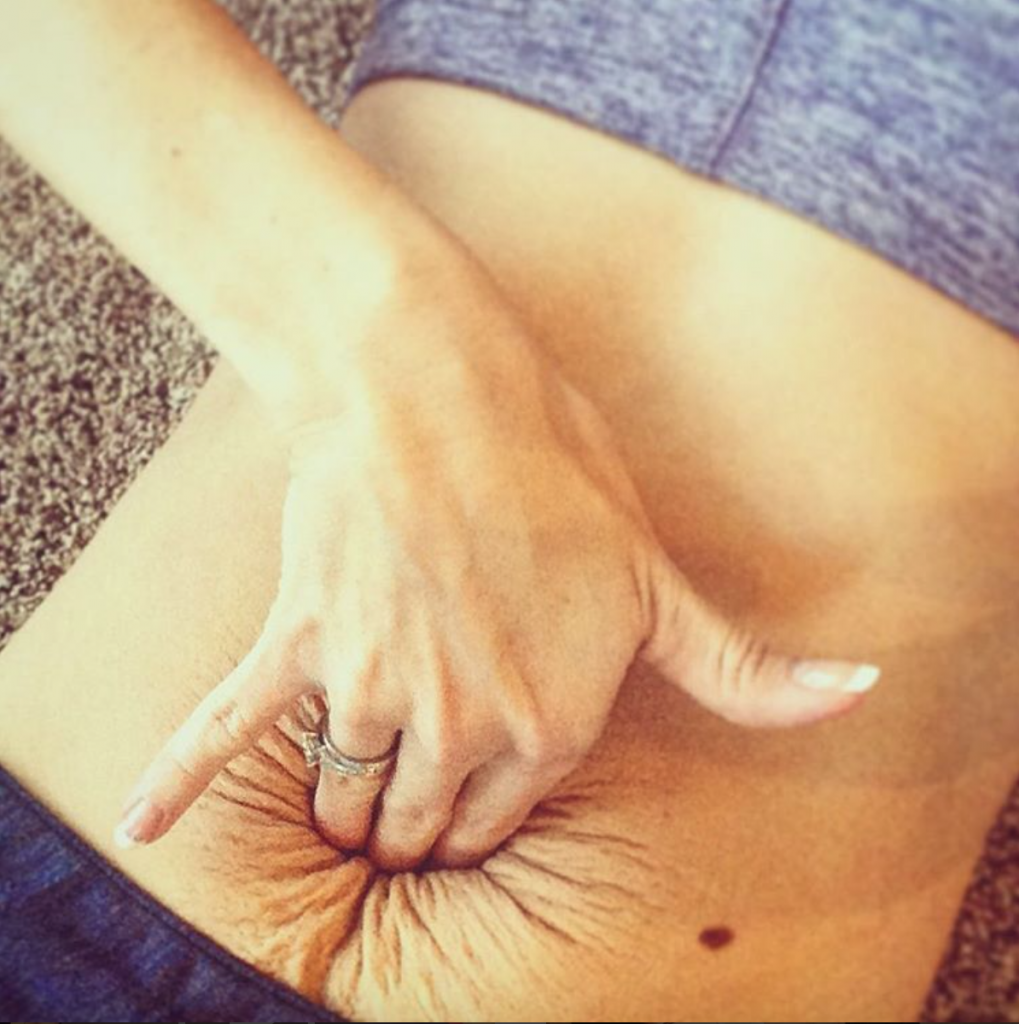
Here’s Why This Olympic Hopeful Can Stick Her Fingers Between Her Abs
Dr. Pari was featured as a guest contributor in the article below, originally posted for Glamour by Korin Miller.
Stephanie Rothstein Bruce is a professional runner and Olympic hopeful who documents her training on Instagram. But lately Bruce is attracting attention online not just for her ability to run really fast but for her proud photos of her postbaby body.
Bruce gave birth to two babies within 15 months of each other, leaving her stomach covered in stretch marks that she happily shows off online. Her point: Even elite athletes experience postpartum body changes.
“The strength and stability is coming back steadily but the appearance of abs and stretch marks remains the same,” she captioned one close-up of her stomach. “The not so glamorous part of getting strong post baby.”

In another, Bruce demonstrates how she can stick three fingers between her abdominal walls. “It’s not about ascetics it’s about functionality,” she wrote. “Here you go for those who have been curious and asked about my diastasis recti: ‘My abs are separated contemplating divorce.'”

But…what is diastasis recti, exactly? It’s the separation of your right and left rectus abdominis muscles, i.e. the long, flat muscles at the front of your abs, explains board-certified ob-gyn Pari Ghodsi, M.D.
Ghodsi says it’s actually “fairly common” for this to happen to women during pregnancy, although the severity can vary. Basically, when your uterus stretches during pregnancy, it can also stretch the muscles in your abs, causing them to separate.
“In most cases it goes away on its own,” Ghodsi says, adding that it can take up to a year postpartum for the muscles to return to normal.
Luckily, women who suffer from diastasis recti aren’t completely out of luck. Ghodsi says targeted ab exercises can help the muscles heal faster, although women with more severe cases may need the help of a physical therapist.
And, if the abs haven’t repaired themselves after a year, Ghodsi says it’s possible to have them repaired surgically.
Still…ouch.